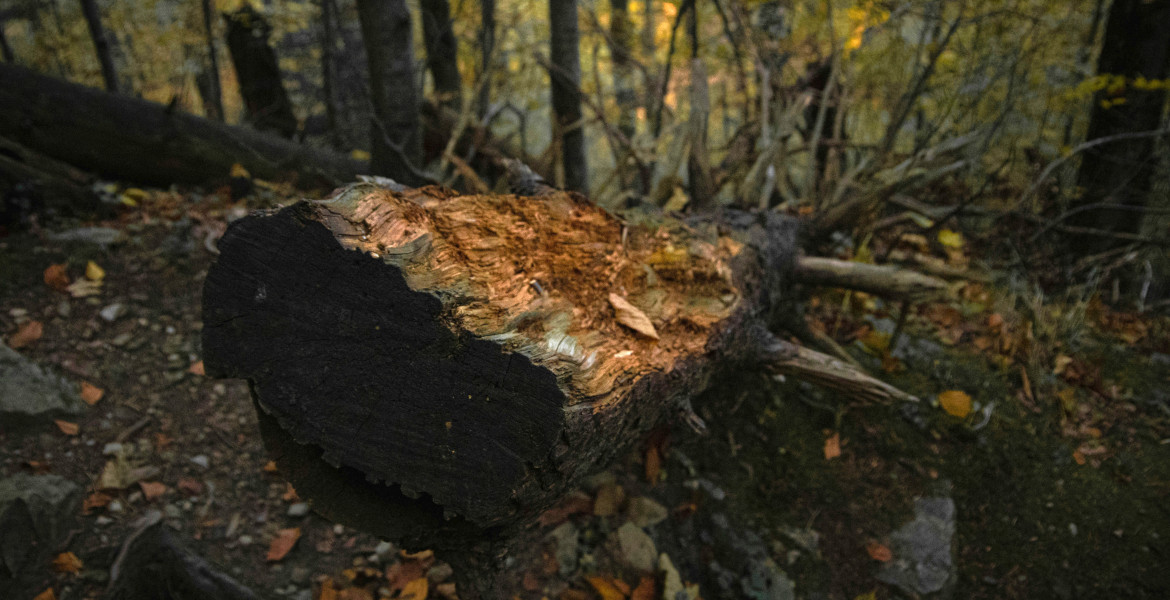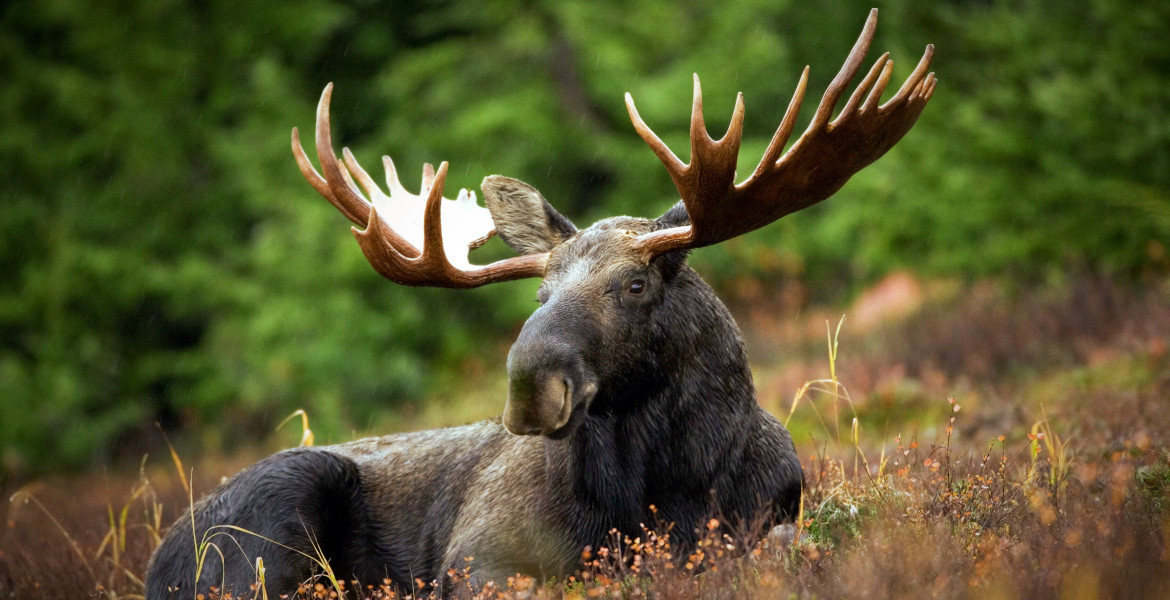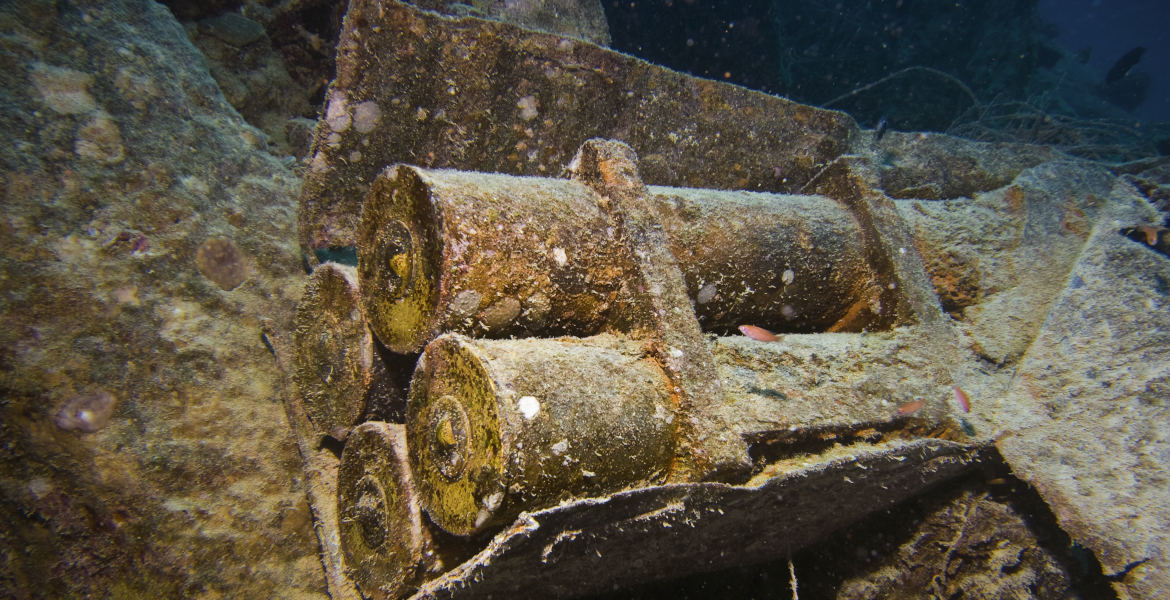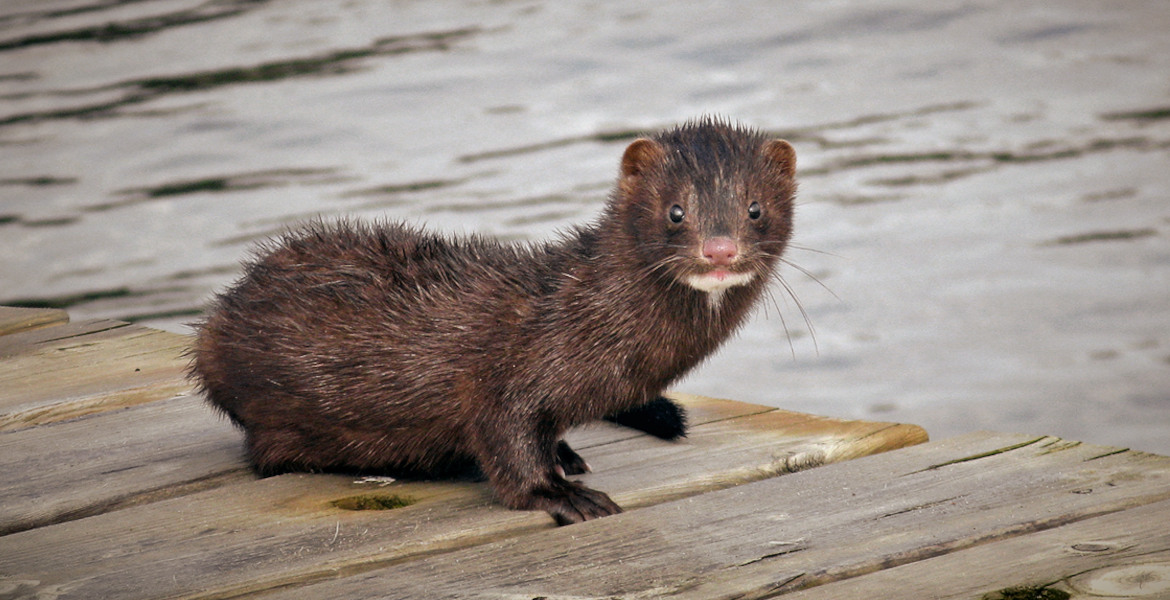In a new study, Swedish researchers have found that so-called sustainable coffee farming often has negative effects in practice, such as child labour and poorer schooling.
In Ethiopia, large quantities of organic coffee are grown, often in their natural environment in the shade of trees in the forest. This type of farming is often described as sustainable and important for biodiversity conservation.
However, a new study from Stockholm University, published in the International Journal of Educational Development, shows that this type of coffee farming also has very negative consequences as the farms often rely on child labour.
The study looked at children aged 5 to 17 in both poor and richer households in the country to see what proportion of children work in coffee farming. It found that 90 per cent of households used children partly in the production of coffee beans, but also to protect the crops from wild animals. It was mainly in the poorer households that children were forced to work.
About half of the children often had to stay at home and work instead of going to school.
Coffee farms in the country produce much of the Ethiopian coffee that Swedish coffee companies import, according to the Swedish Society for Nature Conservation. A large proportion of these households depend on the coffee farms for their main income.
The researchers note that child labour and lack of schooling linked to coffee farming in the country is a widespread problem. However, they believe that more action is needed than simply alleviating child labour in the country as this can also exacerbate the situation of poor households and therefore argue that poverty should be tackled first.
Facts about coffee
Coffee is made from the berries of the coffee bush and there are around 100 species of coffee in the genus Coffea. Coffee drinking originated in Ethiopia where the coffee bush grows wild and was then brought to the Arabian Peninsula for cultivation and export. Today, the main cultivations are in Brazil, Vietnam, Indonesia, Colombia and Ethiopia.
In Ethiopian culture, coffee ceremony is common, meaning that coffee is offered when visiting friends, during celebrations, or as a daily staple.








